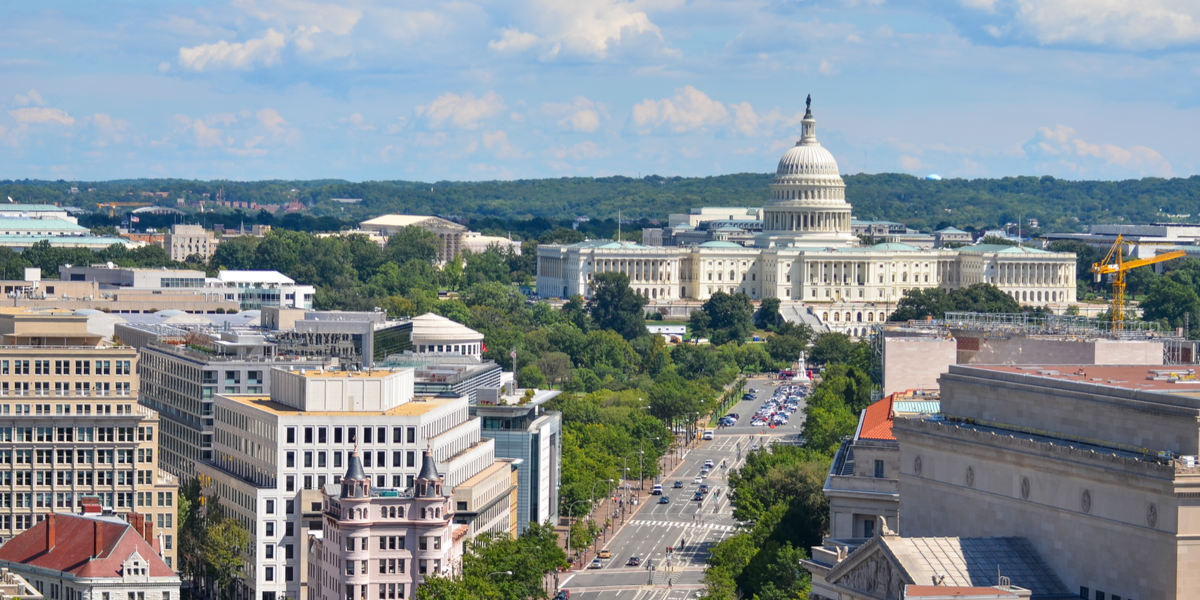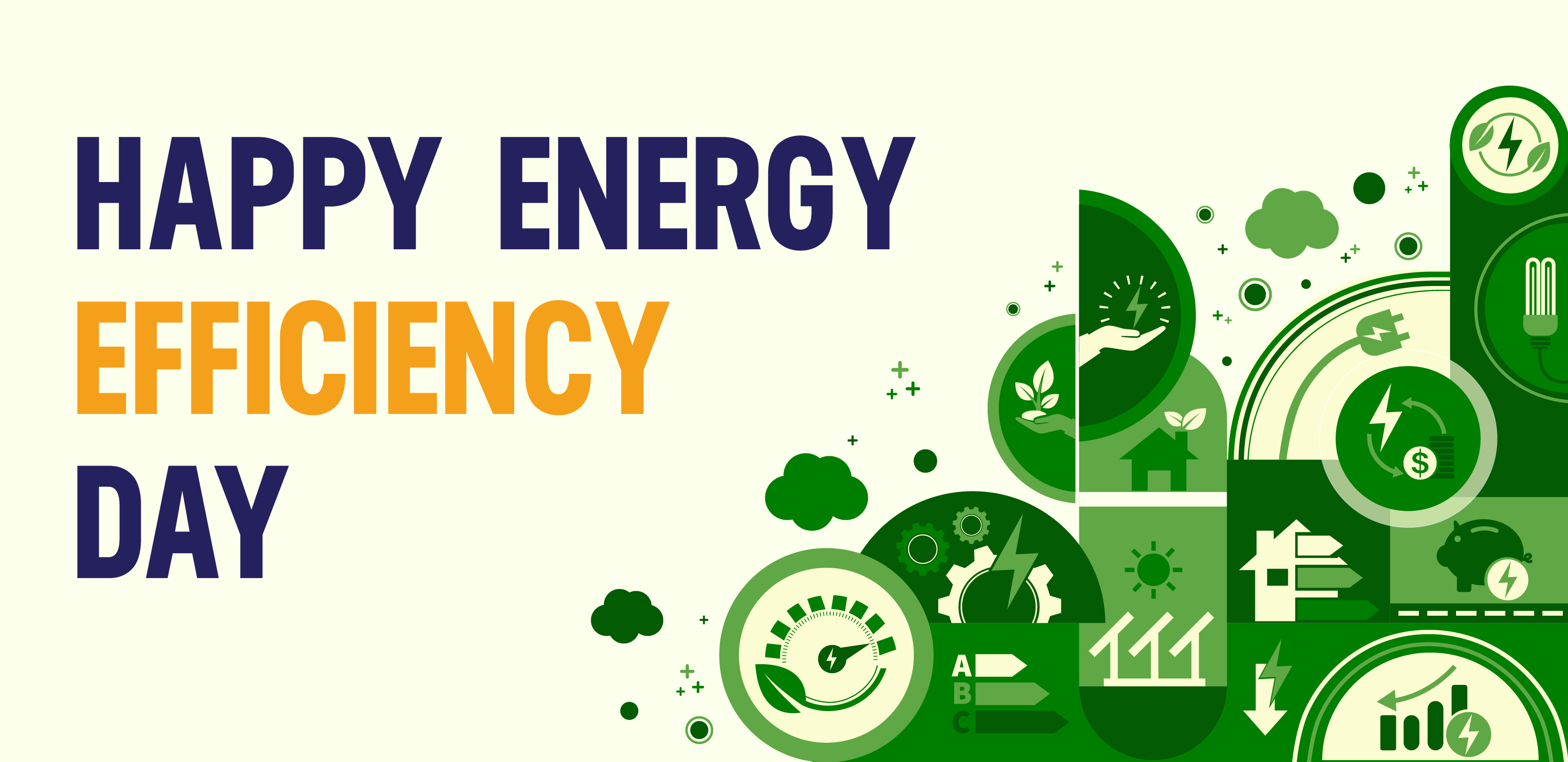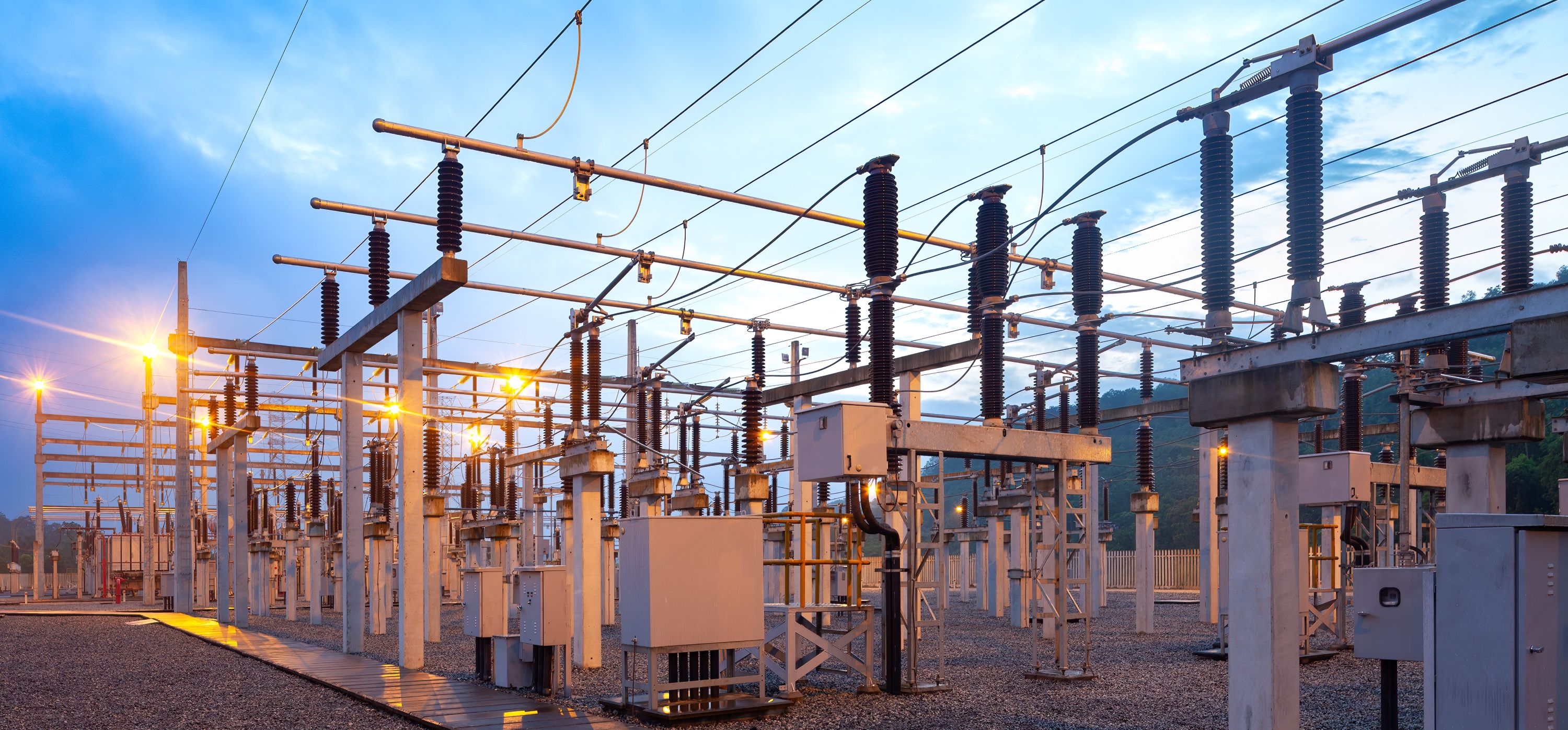Efficiency 101: What are the main federal energy efficiency programs?
Let's Save Energy
Alliance to Save Energy's Blog

In our first post of the Efficiency 101 blog series earlier this month, we dived into the origins of the energy efficiency movement and its role in reducing energy costs for consumers, cutting carbon emissions, and creating local jobs. For our second “lesson,” let’s explore some of the main drivers of energy efficiency across our economy: federal efficiency programs.
There are countless state, local, and private-sector initiatives that have contributed to the U.S. doubling its energy productivity over the past decades, but many have a relationship to the nation’s core programs housed at the Department of Energy (DOE), Environmental Protection Agency (EPA), and Department of Transportation (DOT). While this list is in no way comprehensive, in this blog we’ll provide an overview of what these programs are and their benefits for the American people.
Weatherization Assistance Program
DOE’s Weatherization Assistance Program (WAP) helps low-income families by providing free energy efficiency improvements to their homes, helping to permanently reduce their energy costs while ensuring health and safety. The DOE provides funding to states who manage the administration of the program by funding a network of local agencies that provide these weatherization services. Through weatherization improvements and upgrades, participating households save on average $283 or more every year, and the program avoids 3.5 MMT of carbon emissions annually – equivalent to around 740,000 cars. The program is housed at DOE’s Office of Energy Efficiency and Renewable Energy (EERE) and is currently funded at $310 million. Additionally, in 2018, utilities and states supplemented DOE funding by providing an additional $860 million, or $3.48 for every dollar invested.
State Energy Program
The State Energy Program (SEP) at DOE helps advance state-led energy initiatives. SEP funding is used by states to train building owners in energy efficiency, develop state-led clean energy policies and initiatives, draft and implement state energy emergency plans, and provide critical technical assistance to states, among other purposes. Through these initiatives, $0.36 billion – 1.8 billion in energy costs are saved each year and 1.6 – 7.9 MMT of carbon emissions reductions are achieved (ranges differ due to treatment of building energy codes savings). The program is part of EERE and is currently funded at $55 million. States must provide at least 20% matching funds for their SEP grants and most projects leverage additional private investment.
ENERGY STAR
ENERGY STAR is the government-backed symbol for energy efficiency, with its signature labeling program helping consumers to identify efficient appliances, electronics, lighting, and even new homes. A typical family with all-new ENERGY STAR products and insulation can save up to $575 on their energy bills per year. In addition, ENERGY STAR runs programs that boost efficiency at a residential, commercial, and industrial level. For example, ENERGY STAR’s new home construction programs partner with different stakeholders to construct, verify, and incentivize ENERGY STAR-certified homes. And commercial building owners and local governments have embraced ENERGY STAR Portfolio Manager, an interactive tool that helps to benchmark building energy use. Finally, the industrial sector has deployed ENERGY STAR strategic energy management resources to achieve continuous energy performance improvement, utilizing the Energy Performance Indicators to quantify the energy efficiency of industrial plants. In total, ENERGY STAR’s programs result in energy bill savings of around $39 billion a year and 400 MMT a year in carbon emissions reduction, equivalent to the emissions from 85 million cars. ENERGY STAR is a collaborative effort between EPA and DOE, with a budget of around $39 million – a number that we’re calling upon Congress to double to keep up with its expanding role. The EPA is responsible for most aspects of ENERGY STAR; however, DOE performs testing and runs the home energy upgrade program.
Federal Energy Management Program
The federal government is the single largest energy consumer in the country with more than 350,000 buildings and 600,000 vehicles. DOE’s Federal Energy Management Program (FEMP) “works with stakeholders to enable federal agencies to meet energy-related goals, identify affordable solutions, facilitate public-private partnerships, and provide energy leadership to the country.” Through these efforts, the federal government has achieved a 50% reduction in energy intensity since 1975. FEMP is housed within EERE, with a budget of $40 million in 2021.
Appliance Standards
The DOE sets minimum performance requirements for the energy and water use of more than 60 categories of appliances and equipment. These products range from refrigerators to furnaces to light bulbs to electric transformers. As a result of these standards, an average family can save nearly $529 a year on their utility bills. Appliance standards are also one of the most effective emission-reducing programs in the U.S., avoiding around 300 MMT of carbon emissions a year, equivalent to the emissions from the energy use of more than 36 million homes. DOE’s Building Technologies Office (BTO) implements these standards with a budget of $55 million in 2021.
Building Energy Codes Program
Building energy codes are standards for the energy efficiency of new homes and commercial buildings as well as major alterations and additions— with a cap set on how wasteful a new building can be. Codes are developed by the International Codes Council and ASHRAE, adopted on a state-by-state basis, and enforced by local governments. While the federal government does not develop building codes, the Building Energy Codes Program (BECP) at EERE submits suggested code updates, determines whether new codes save energy, and provides technical assistance to state and local governments on the code adoption process. Through building codes, it is projected that from 2010-2040, $138 billion will be saved in energy costs and around 900 MMT of carbon emissions will be avoided. In 2021, the BECP was funded at about $10 million.
Vehicle Emissions Programs
Corporate Average Fuel Economy (CAFE) standards reduce vehicle energy consumption by increasing the fuel economy of cars and light trucks, setting fleetwide average standards that automakers must meet. Standards are regulated by the DOT’s National Highway Traffic Safety Administration (NHTSA), while the EPA calculates average carbon emission levels for manufacturers. The National Vehicle and Fuel Emissions Laboratory (NVFEL) at EPA oversees fuel economy and emissions testing for the EPA’s motor vehicle, heavy-duty engine, and nonroad engine programs to support the agency’s regulatory goals. Vehicle fuel economy programs help save consumers $17 billion per year at the pump and avoid 83 MMT of CO2 emissions. In 2020, the DOT funded CAFE at $7.45 million and the EPA funded their lab and emission work at about $100 million.
We hope this blog helps you to better understand the federal government’s various tools for improving our nation’s energy efficiency and how these programs support and partner with state, local, and private-sector initiatives. As we double down on efficiency solutions to meet the growing challenges of climate change, energy security, and energy affordability, these tools will only become more essential and must be treated as such. Learn more about the Alliance’s priorities for maximizing the effectiveness of federal efficiency programs – and we look forward to seeing you for our next “Efficiency 101” lesson soon!
STAY EMPOWERED
Help the Alliance advocate for policies to use energy more efficiently – supporting job creation, reduced emissions, and lower costs. Contact your member of Congress.
Energy efficiency is smart, nonpartisan, and practical. So are we. Our strength comes from an unparalleled group of Alliance Associates working collaboratively under the Alliance umbrella to pave the way for energy efficiency gains.
The power of efficiency is in your hands. Supporting the Alliance means supporting a vision for using energy more productively to achieve economic growth, a cleaner environment, and greater energy security, affordability, and reliability.



